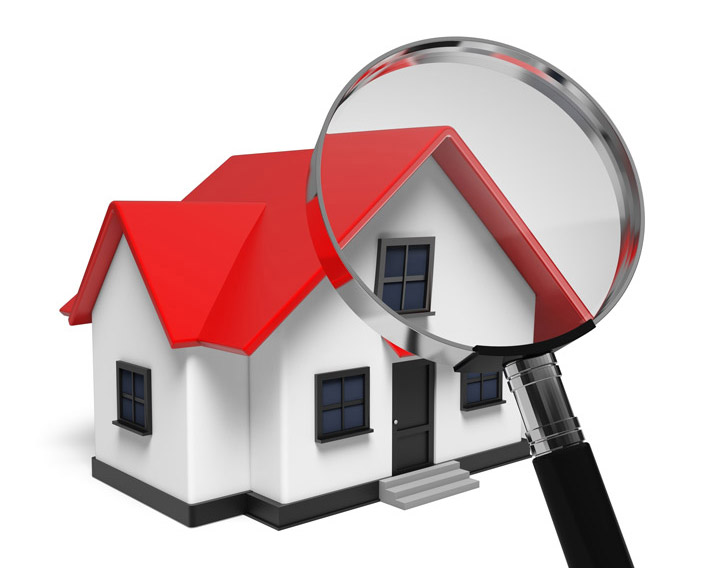
Understanding AppraisalsGetting a home is the biggest transaction many people might ever make. Whether it's a primary residence, a second vacation home or an investment, the purchase of real property is a detailed financial transaction that requires multiple parties to pull it all off. Practically all the participants are quite familiar. The most familiar person in the exchange is the real estate agent. Then, the bank provides the money required to bankroll the transaction. And the title company sees to it that all details of the exchange are completed and that a clear title passes from the seller to the buyer. So, who's responsible for making sure the property is worth the amount being paid? This is where the appraiser comes in. We provide an unbiased opinion of what a buyer could expect to pay — or a seller receive — for a property, where both buyer and seller are informed parties. A licensed, certified, professional appraiser from Michael Wilson will ensure, you as an interested party, are informed. Inspecting the subject propertyOur first responsibility at Michael Wilson is to inspect the property to determine its true status. We must see features hands on, such as the number of bedrooms and bathrooms, the location, living areas, etc, to ensure they indeed are present and are in the condition a reasonable buyer would expect them to be. The inspection often includes a sketch of the property, ensuring the square footage is correct and conveying the layout of the property. Most importantly, we look for any obvious amenities - or defects - that would affect the value of the house. Back at the office, we use two or three approaches to determining the value of real property: a paired sales analysis, a replacement cost calculation, and an income approach when rental properties are prevalent. 
Replacement CostHere, the appraiser uses information on local construction costs, labor rates and other elements to determine how much it would cost to construct a property nearly identical to the one being appraised. This value commonly sets the maximum on what a property would sell for. The cost approach is also the least used method. 
Paired Sales AnalysisAppraisers become very familiar with the communities in which they appraise. They innately understand the value of particular features to the people of that area. Then, the appraiser researches recent sales in the vicinity and finds properties which are 'comparable' to the property in question. By assigning a dollar value to certain items such as remodeled rooms, types of flooring, energy efficient items, patios and porches, or extra storage space, we adjust the comparable properties so that they more accurately match the features of subject property.
Once all necessary adjustments have been made, the appraiser reconciles the adjusted sales prices of all the comps and then derives an opinion of what the subject could sell for. At Michael Wilson, we are an authority when it comes to knowing the value of real estate features in Winnsboro and Red River County neighborhoods. This approach to value is typically given the most importance when an appraisal is for a real estate sale. Valuation Using the Income ApproachIn the case of income producing properties - rental houses for example - the appraiser may use a third method of valuing a property. In this scenario, the amount of revenue the property generates is factored in with income produced by nearby properties to determine the current value. ReconciliationAnalyzing the data from all applicable approaches, the appraiser is then ready to put down an estimated market value for the property at hand. It is important to note that while the appraised value is probably the most accurate indication of what a property is worth, it probably will not be the price at which the property closes. It's not uncommon for prices to be driven up or down by extenuating circumstances like the motivation or urgency of a seller or 'bidding wars'. Regardless, the appraised value is typically employed as a guideline for lenders who don't want to loan a buyer more money than they could get back in case they had to put the property on the market again. At the end of the day, an appraiser from Michael Wilson will help you get the most fair and balanced property value, so you can make the most informed real estate decisions. |